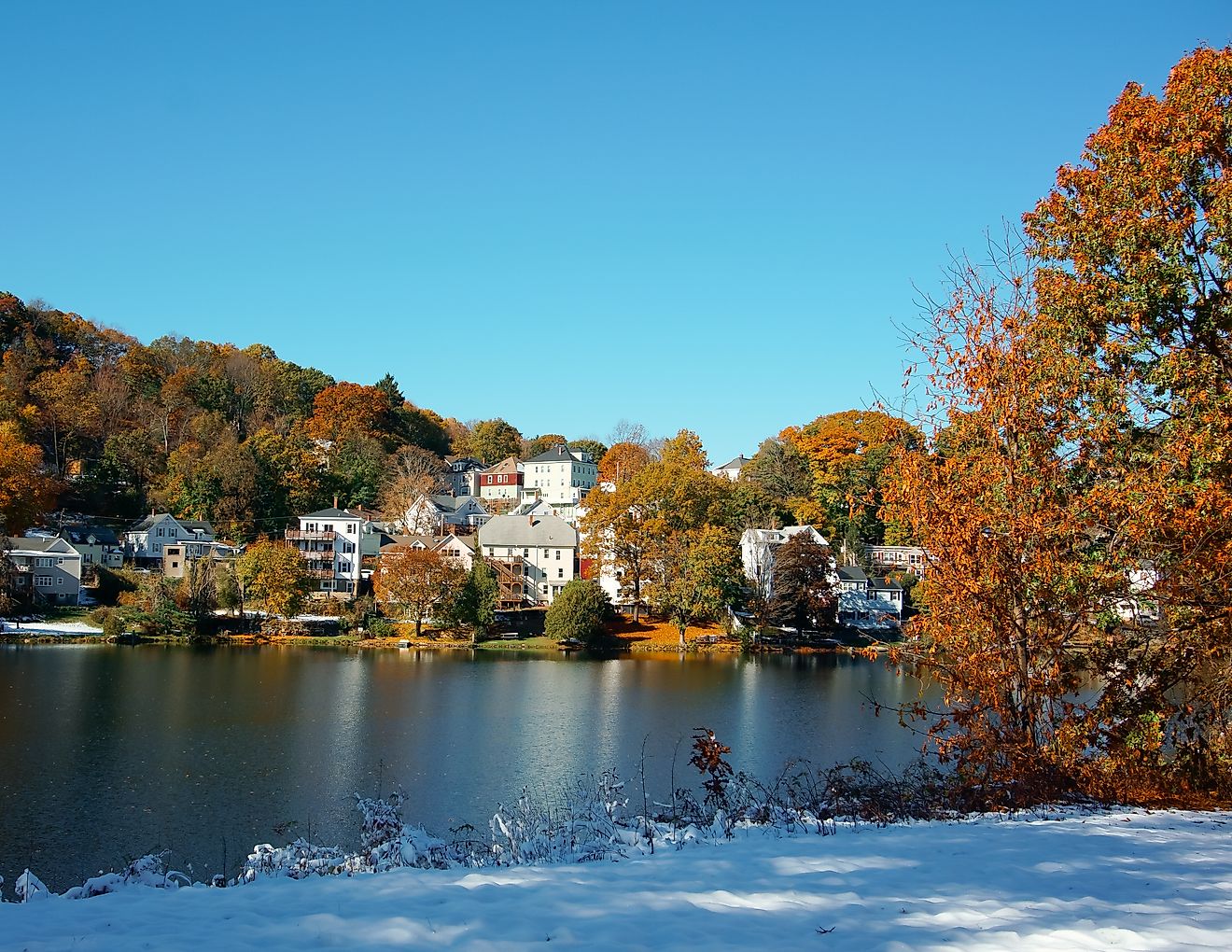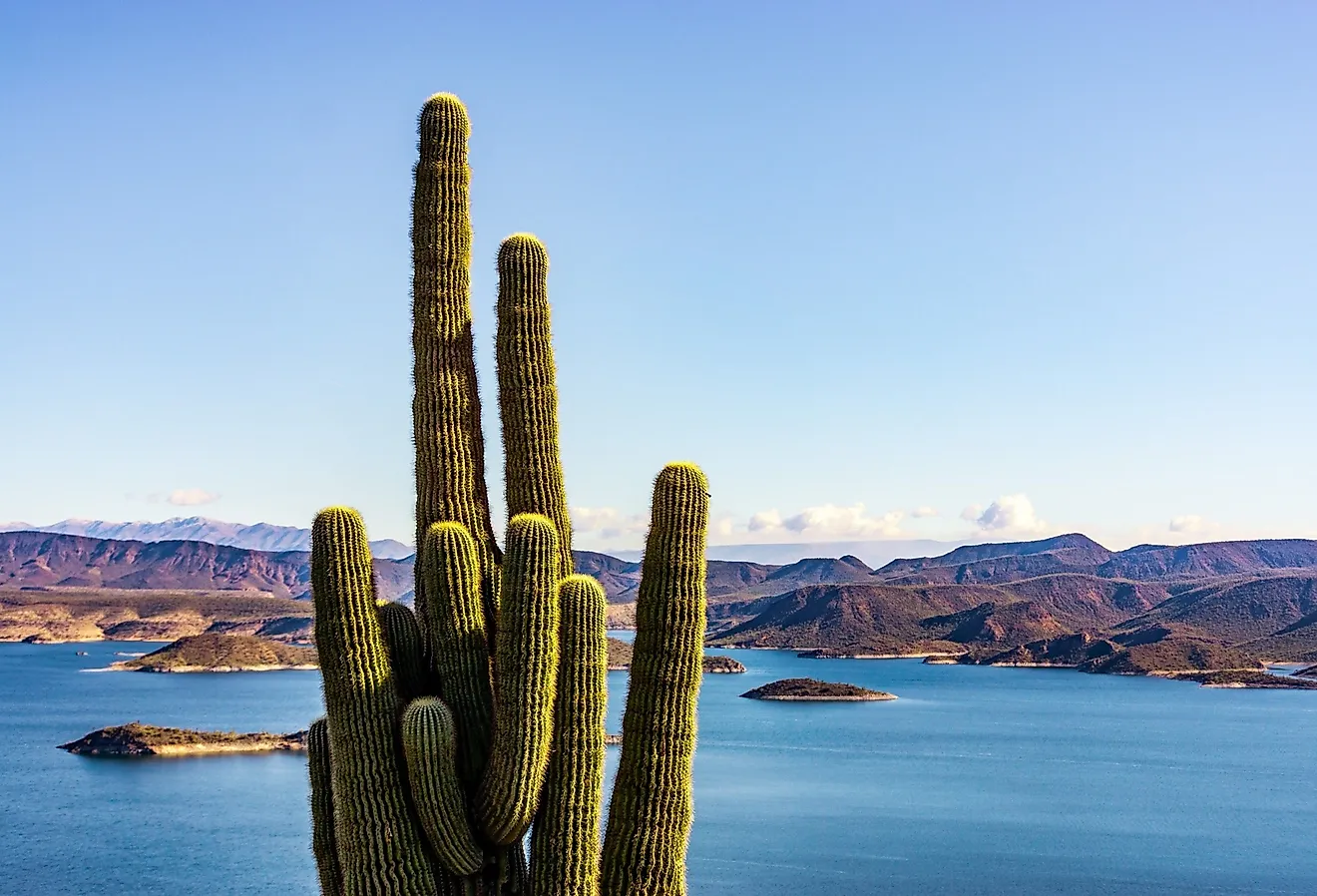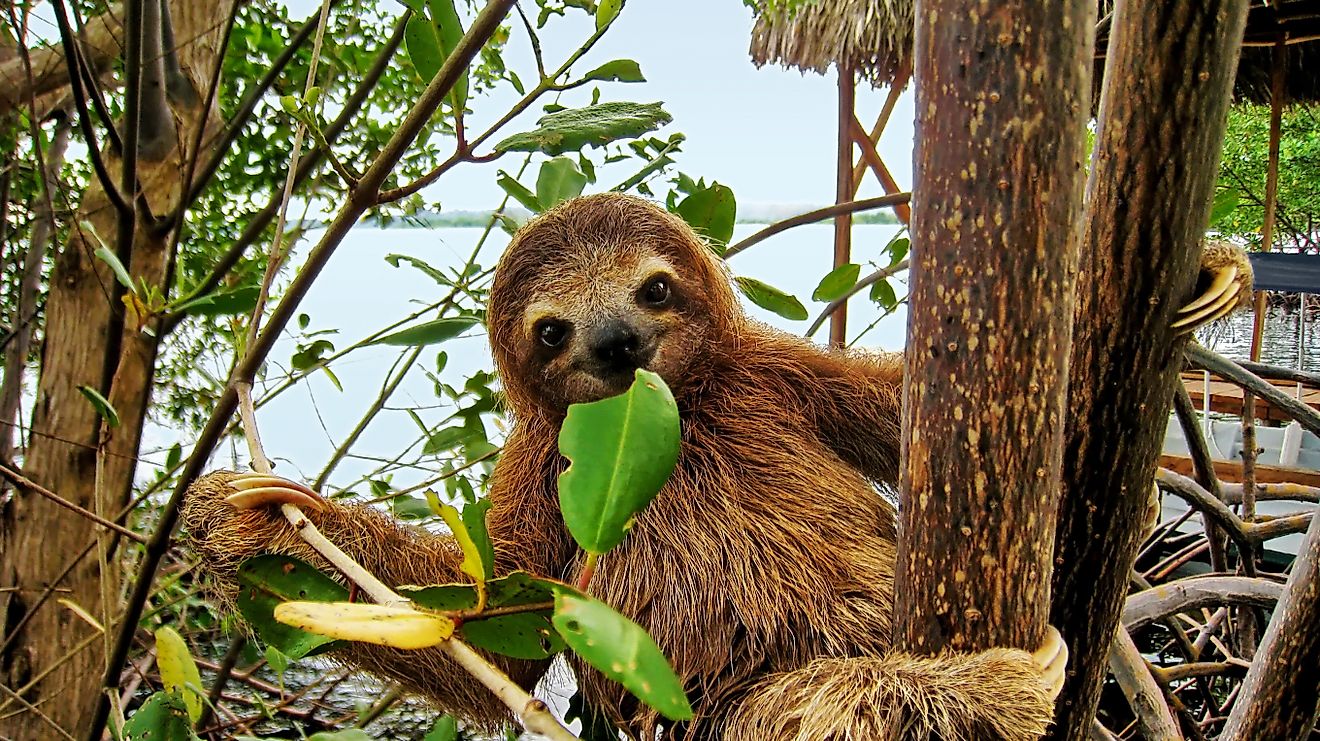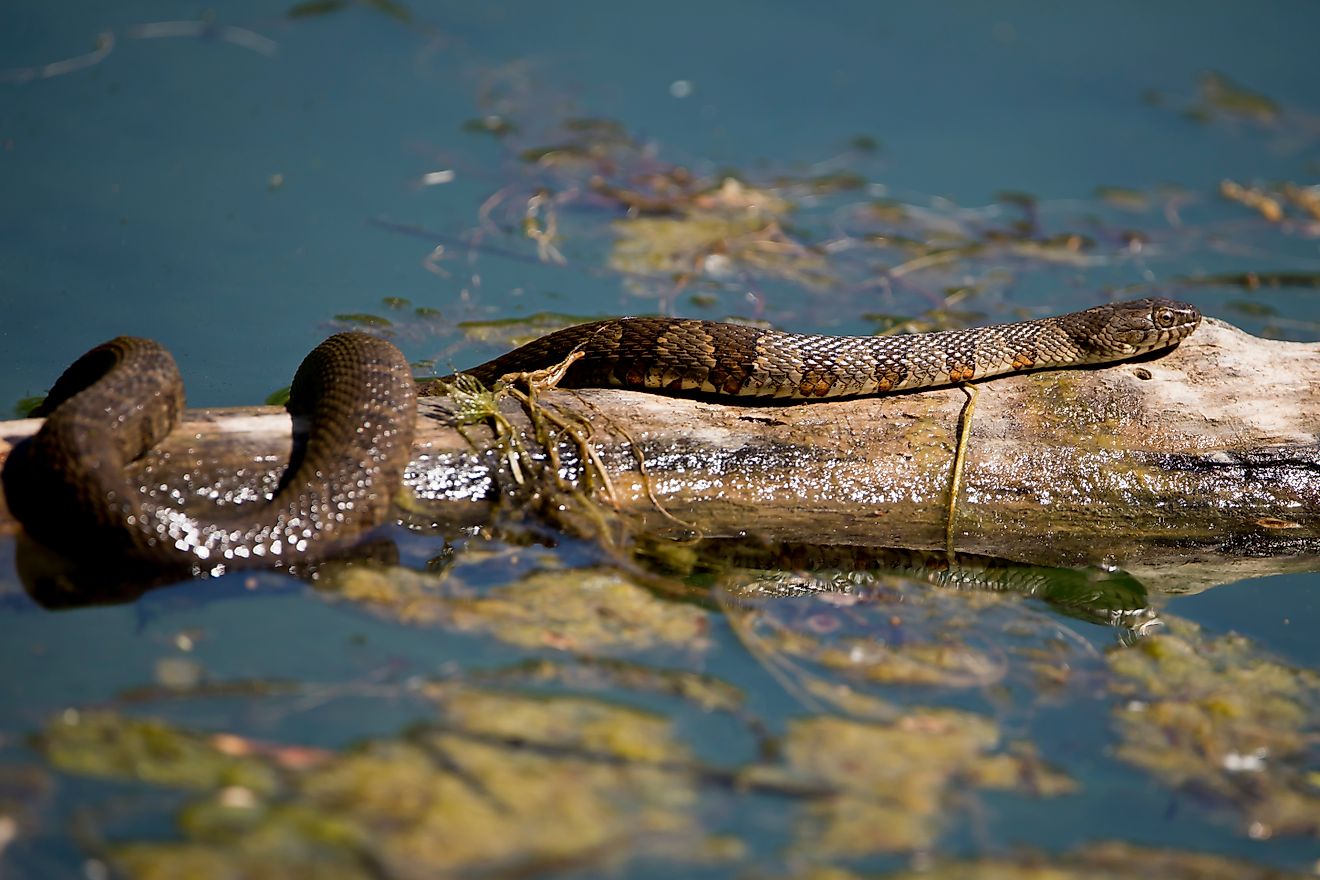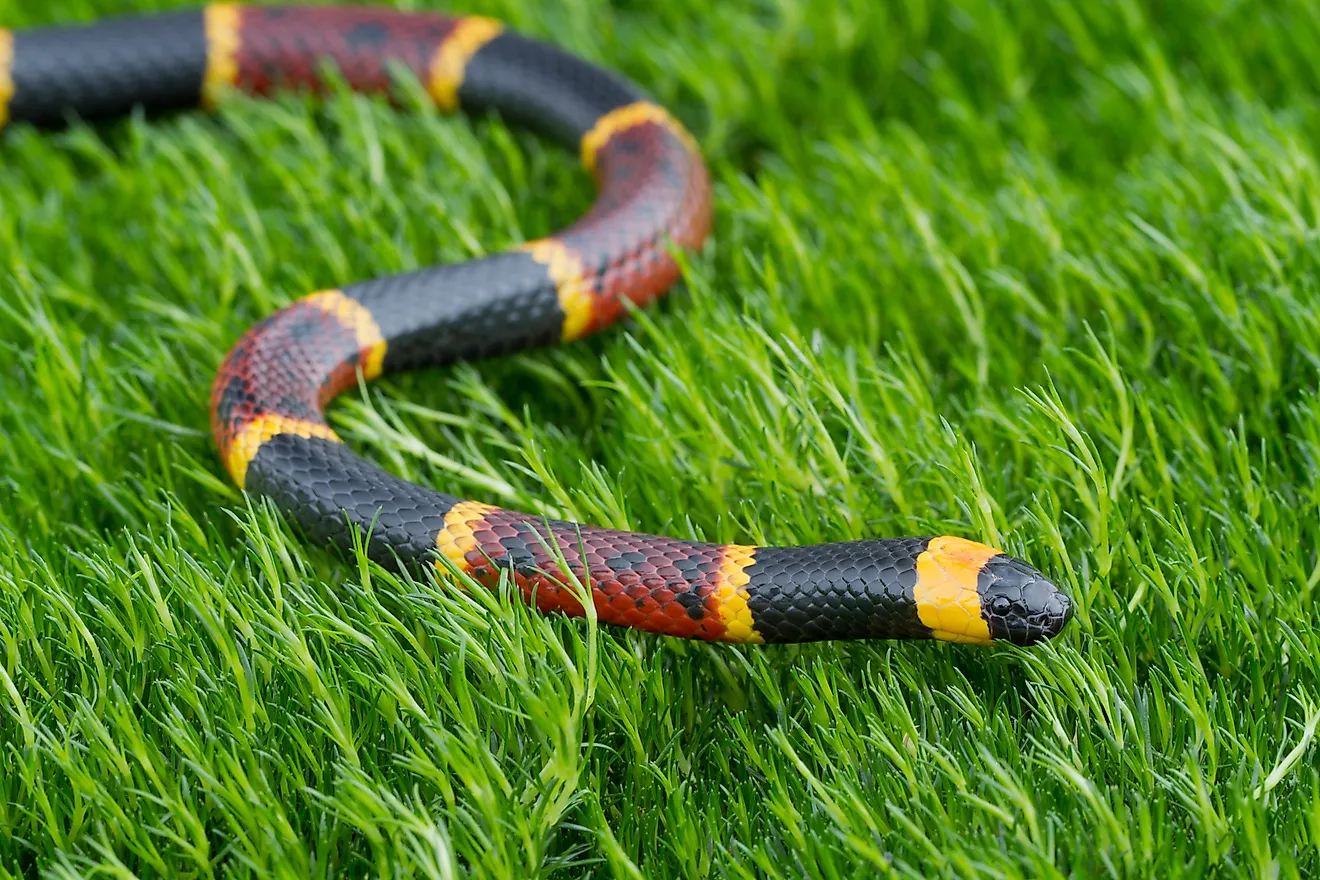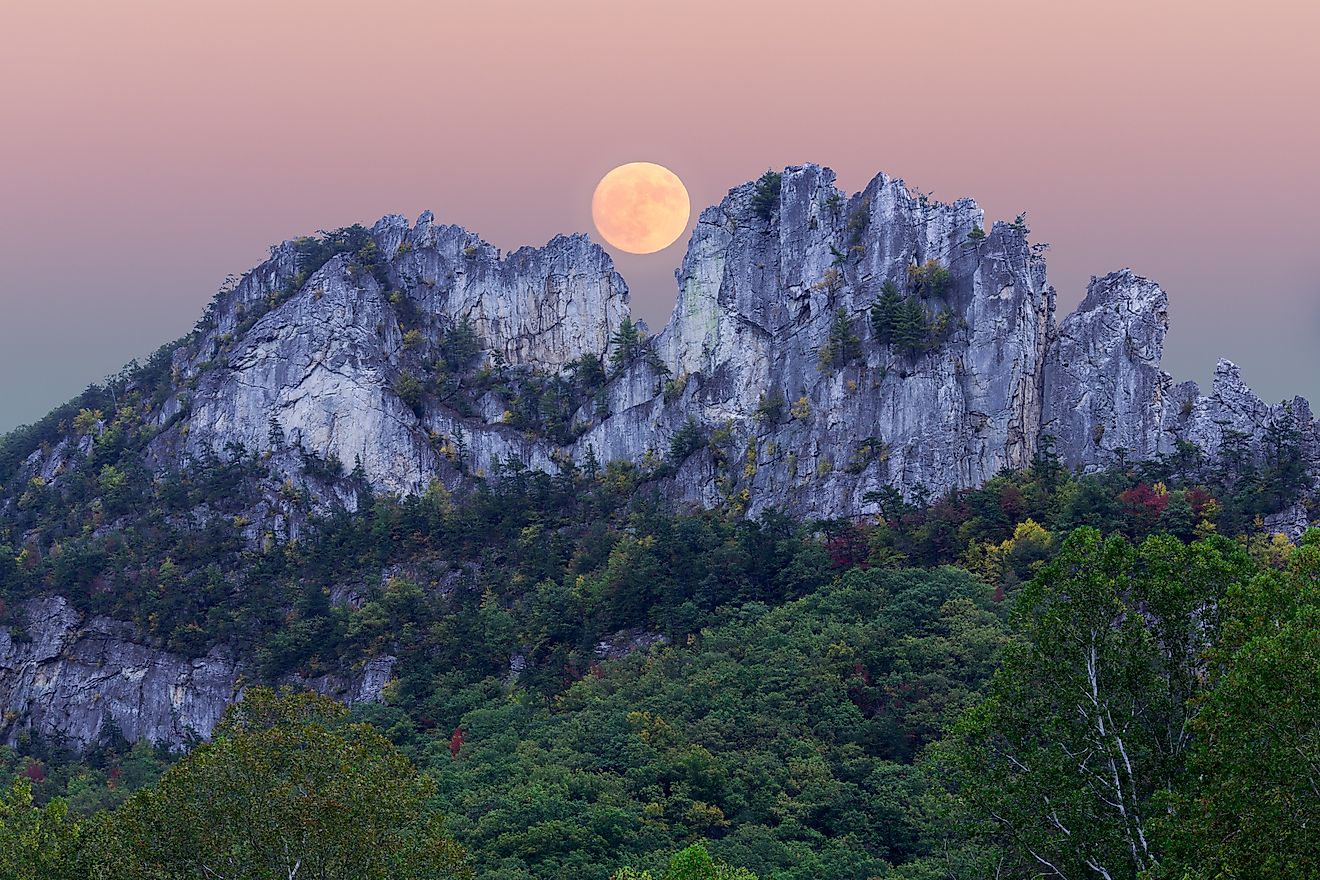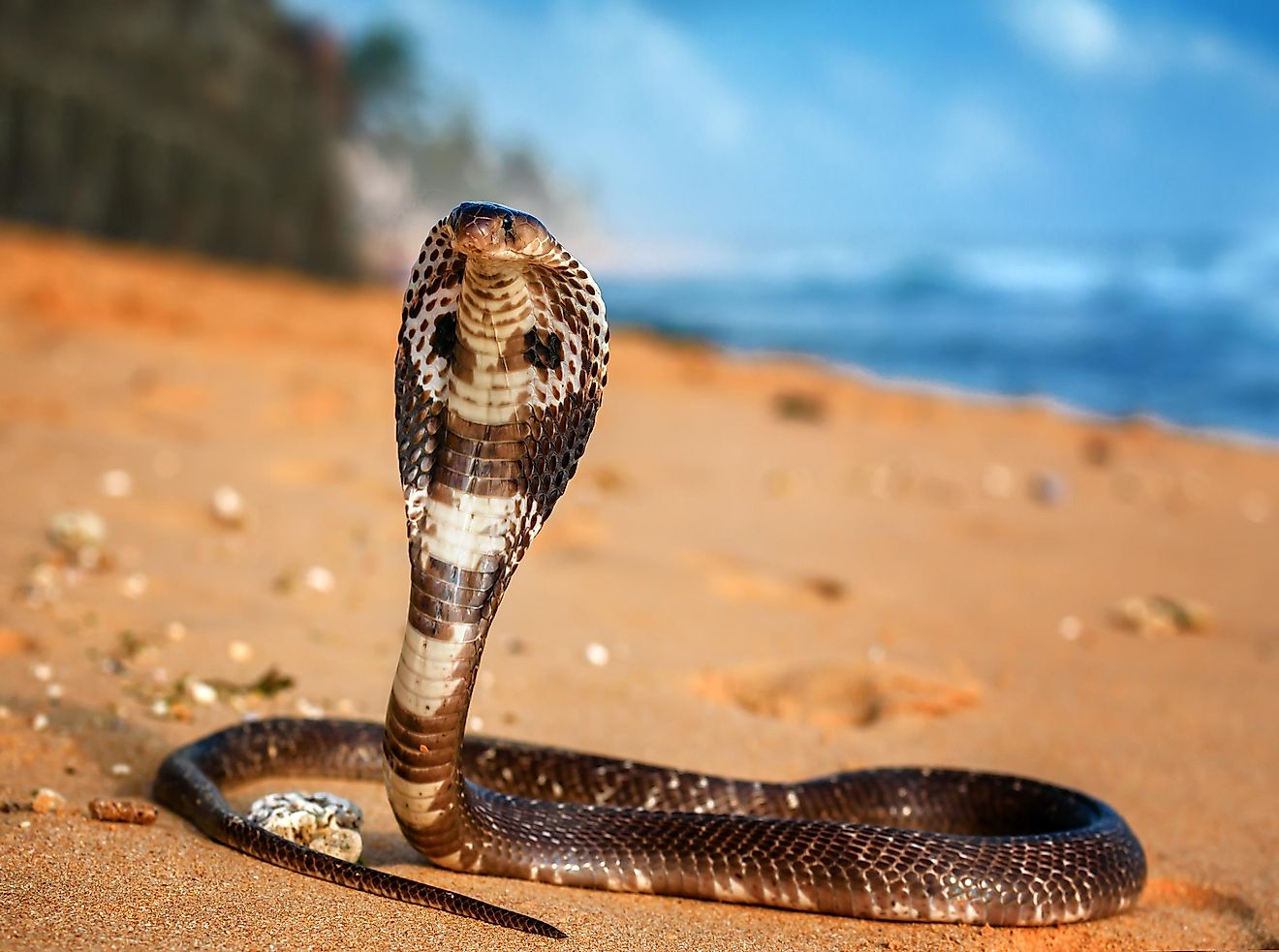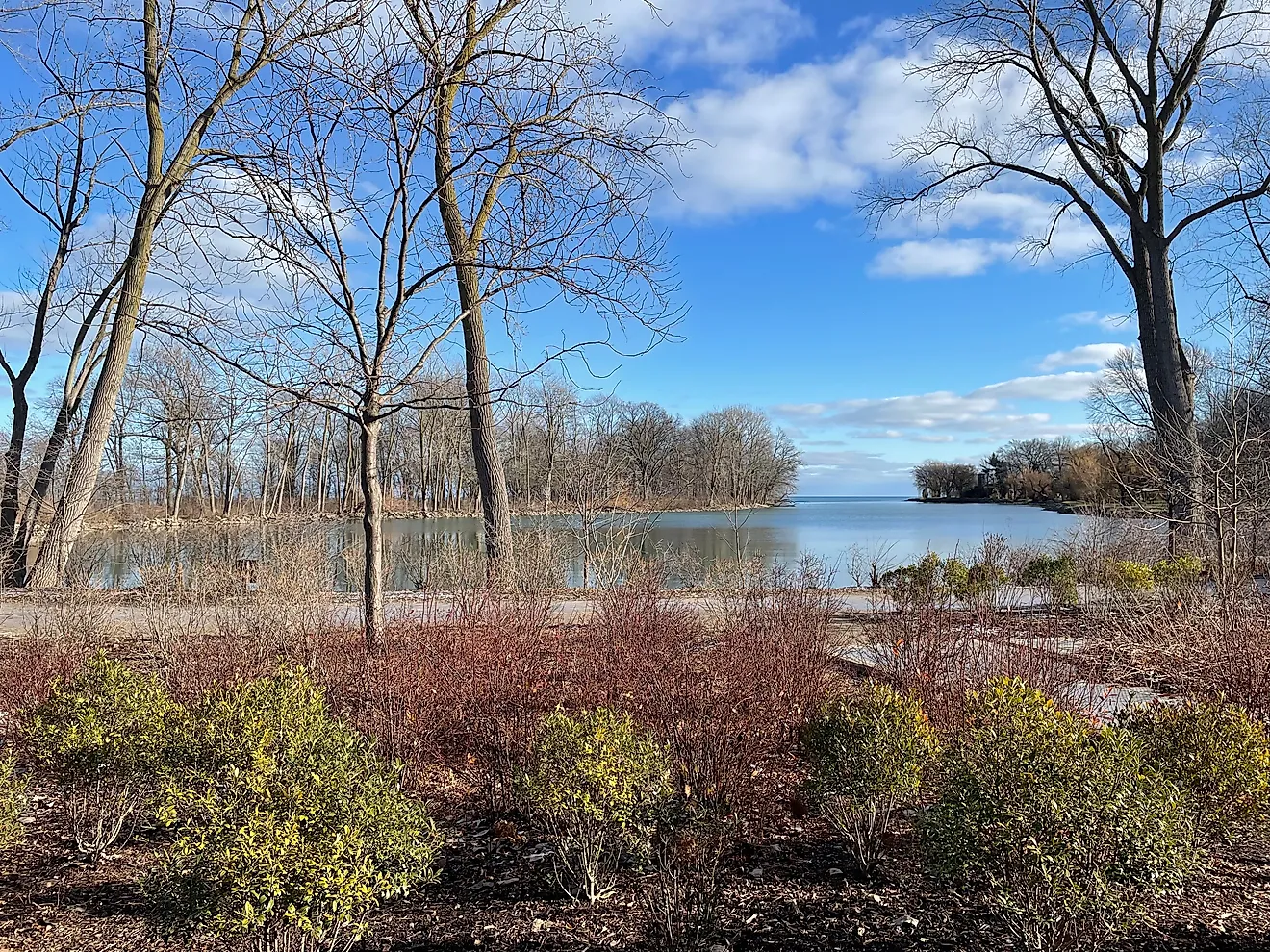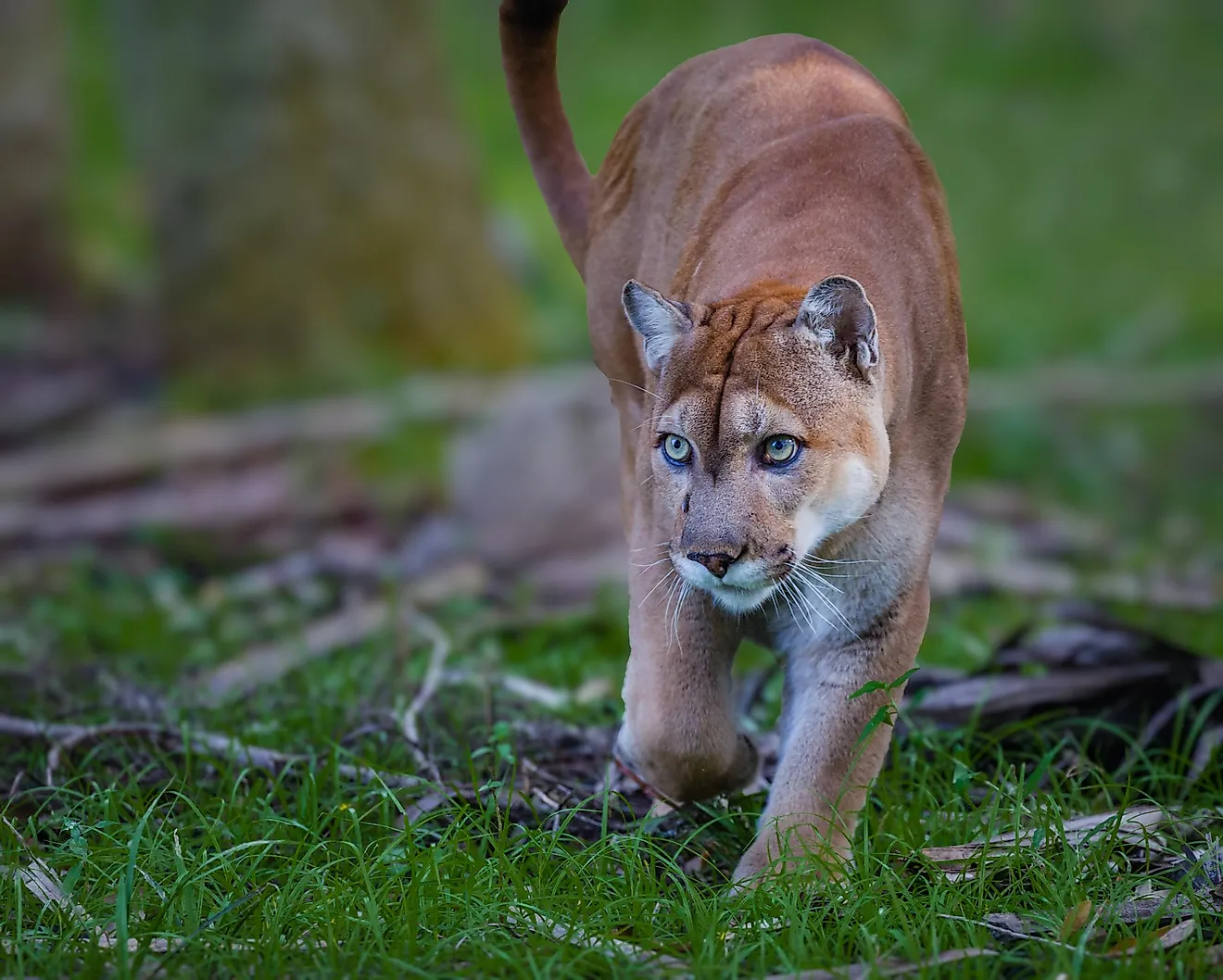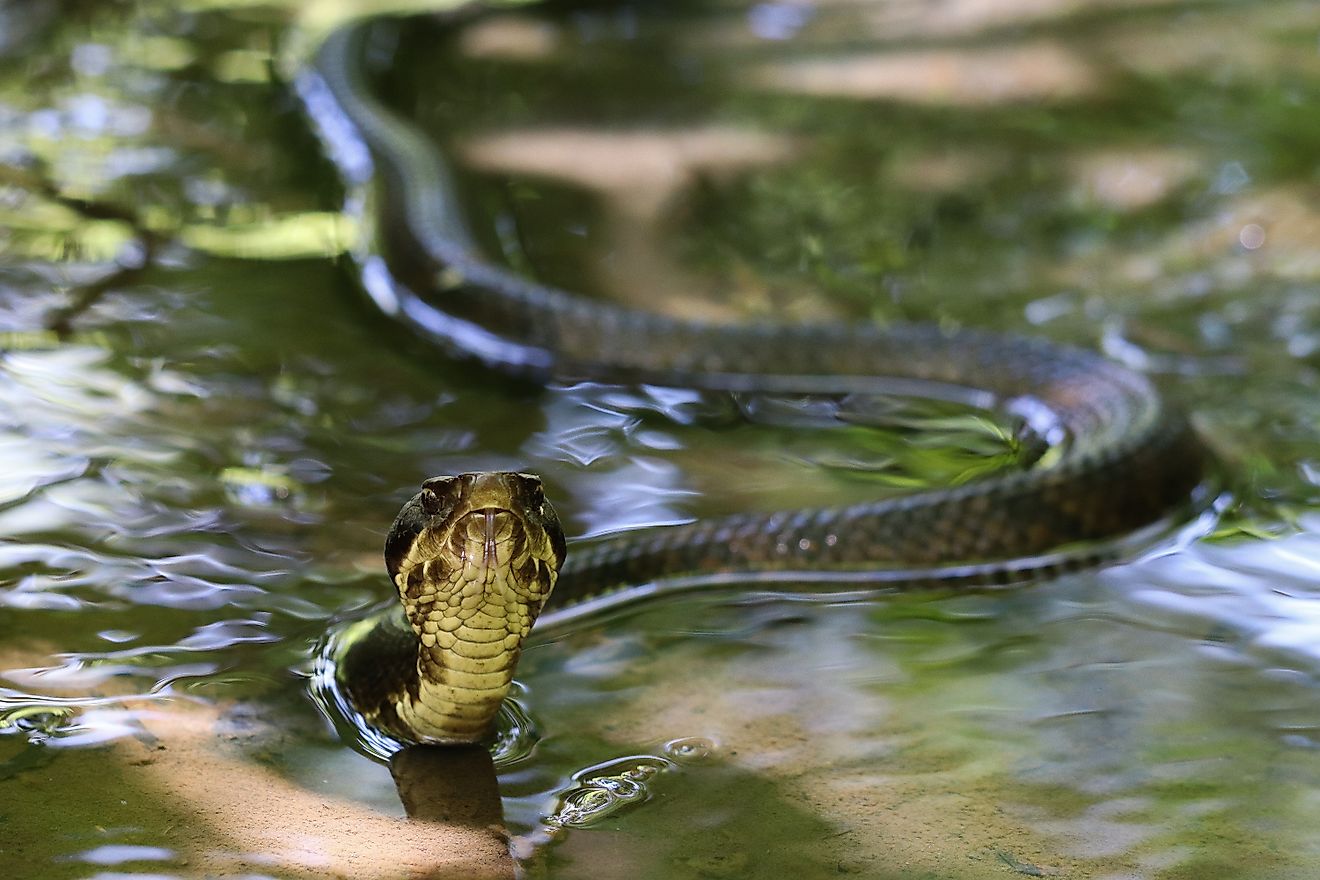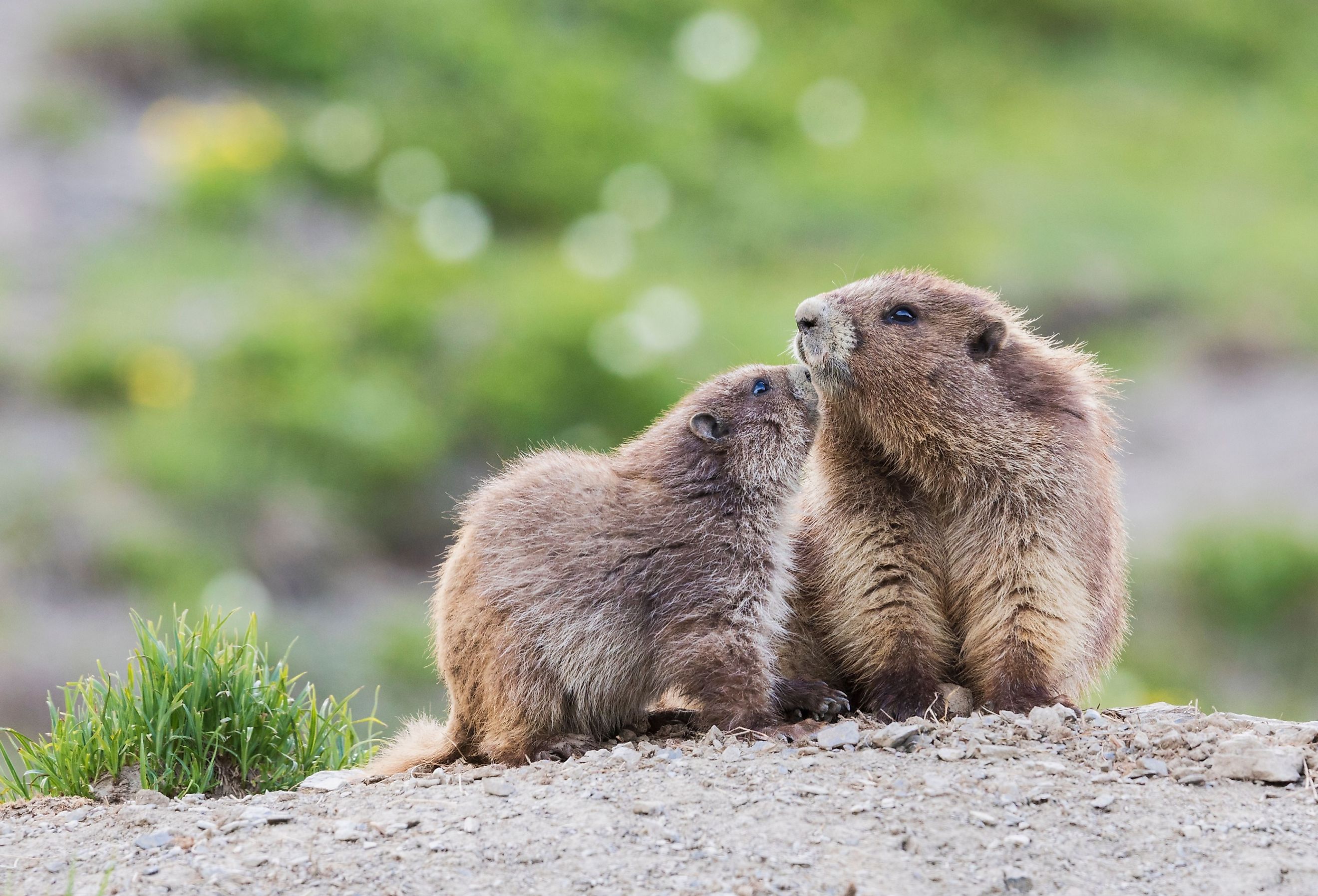
15 Animals Only Found In The United States
The United States of America is a country with perhaps the greatest variety of landscapes and biomes in the entire world. From the frost-covered tundra of Alaska to the arid deserts of the Southwest to the forest-covered Northeast and everything in between, it is no surprise that the variety of animals that call this country home is also highly diverse. Let us examine 15 animals that can only be found in the U.S. How many of these do you see on a regular basis? How many did you not know about until now? Let's dive in!
Hellbender
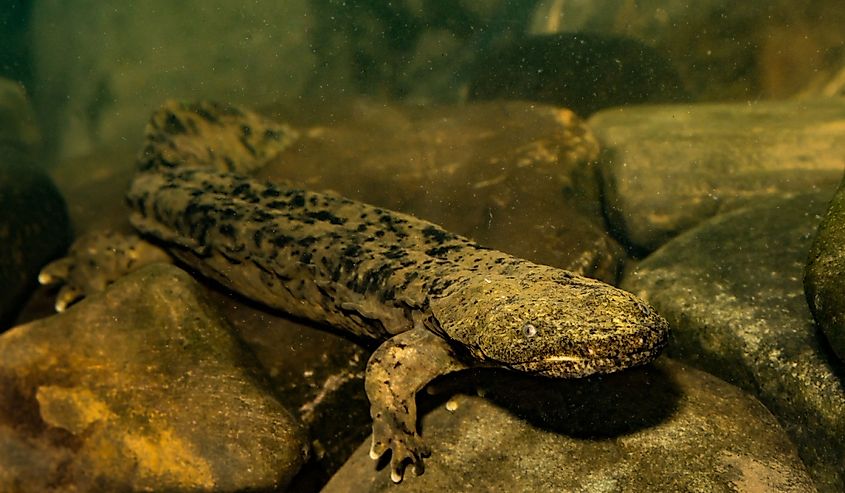
Let's start with the animal with perhaps the coolest name on the list. This giant salamander species lives exclusively in the northeastern United States, primarily in the rivers and streams flowing in and out of the Appalachian Mountains.
Hellbenders are the largest species of Salamander in all of North America, with some specimens measuring up to 29 inches in length, which is incredible given the tiny size of most Salander species. They primarily feed on other creatures, such as crayfish, other shellfish, insects, and even smaller salamanders.
This animal is currently under threat from loss of habitat, with wetlands, in particular, being under threat from pollution and man-made destruction of their environment as nearby cities and towns expand.
Red Wolf
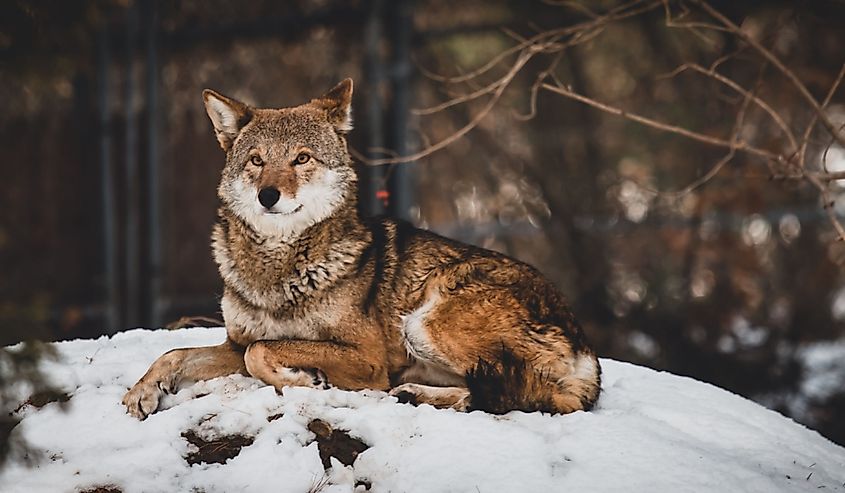
Once having a territory that spanned much of the eastern side of the United States and southern Canada, Red Wolves are now officially solely within the borders of the U.S. (although efforts are now underway to reintroduce them in Canadian parks like Algonquin Provincial Park in Ontario).
This wolf breed, with a dash of distinctive rust-colored fur, is different from other wolves such as the Gray Wolf in that they are generally smaller in size and live in smaller packs (generally roaming with a handful of direct family members rather than an entire multi-family group)
Red Wolves can typically be found in the wild in swamps, forests, and wetlands ranging from Texas to New England.
American Green Tree Frog
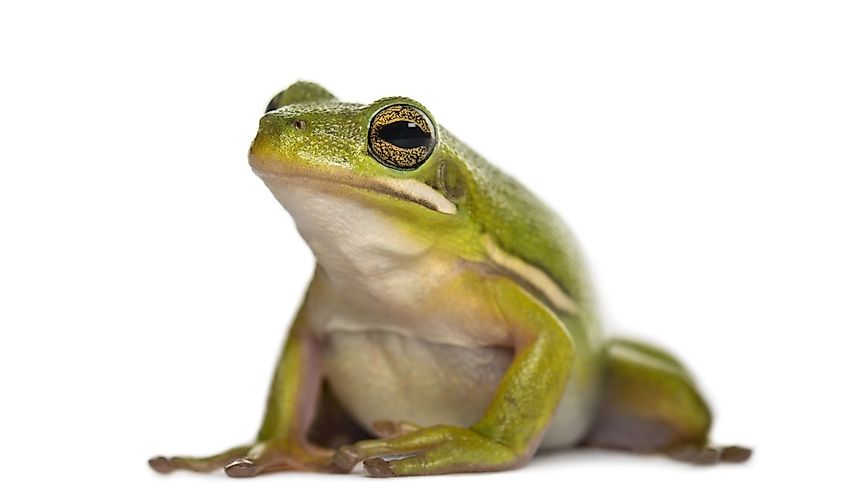
The American Green Tree Frog is a petite amphibian native to the southeastern United States. Its vibrant lime-green hue effectively camouflages the foliage it lives in, while its slender body enables agile movements through vegetation. These frogs are nocturnal, spending daylight hours resting in leaves high up in trees or in moist environments. Their unique calls, resembling a series of short, high-pitched chirps, resonate throughout the night, primarily throughout the mating season between March and September.
Their diet primarily consists of insects, making them valuable for natural pest control. Despite habitat loss posing a threat, these adaptable creatures thrive in various wetland habitats, including swamps, marshes, and suburban gardens.
Utah Prairie Dog
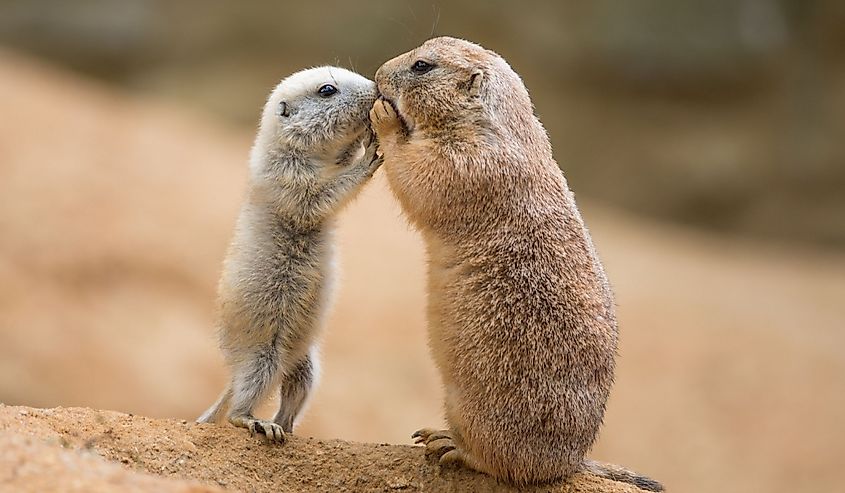
The Utah Prairie Dog is the smallest species of prairie dog in the world, and can only be found in a select region of southern Utah. Often living in colonies that can number in the thousands these animals hibernate for most of the winter in in their boroughs, usually emerging after February (and going back underground in November).
Utah Prairie Dogs are mainly herbivores, feeding mainly on various seeds, grasses, and flowers found in the prairie/desert environment that they call home. They have also been occasionally observed eating the occasional insect.
This species is currently endangered with ranching being the biggest threat to their natural habitat.
Gunnison Sage-Grouse
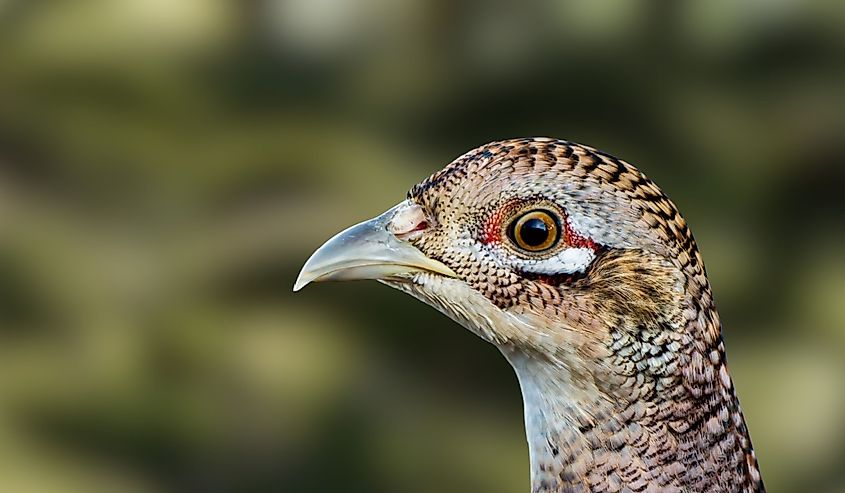
The Gunnison sage-grouse, a distinct species of sage-grouse native to the western United States, lives in the sagebrush ladden shrublands of south-central Colorado. These birds are smaller than their Greater Sage-Grouse relatives, with intricate plumage and unique courtship displays.
Endemic to Colorado and a small portion of Utah too, they rely on sagebrush for food and cover. Habitat loss due to agriculture, energy development, and urbanization has drastically reduced their numbers, leading to their classification as "endangered" under the U.S. Endangered Species Act. Conservation efforts involve habitat restoration, land management practices, and partnerships with local communities to preserve critical sagebrush ecosystems.
Gunnison sage-grouse can often be found in groups foraging for food, with up to 60 percent of their day being devoted to foraging.
American Alligator
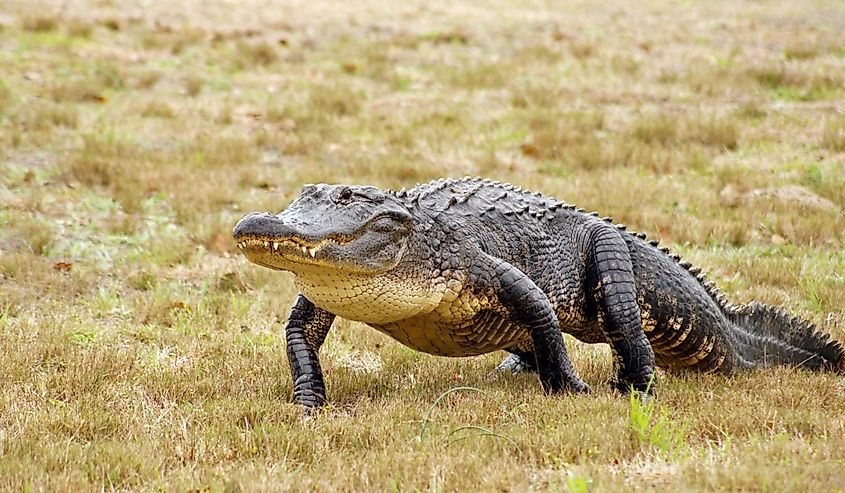
The American Alligator is an iconic reptile native to the swamps, rivers, and wetlands of the southeastern United States. With a lineage dating back millions of years, these large predators have a distinctive armored body, equipped with powerful jaws lined with sharp teeth.
Typically found in freshwater habitats like swamps, marshes, and rivers, they play a crucial ecological role as top predators, regulating prey populations and maintaining ecosystem balance. Despite their fearsome reputation, American Alligators are vital to their environment, serving as strong indicators of wetland health. Conservation efforts over the years have helped revive their populations from near extinction, though habitat loss and human encroachment remain persistent threats.
American Alligators are carnivores who are not picky when it comes to their diet, subsisting on animals such as turtles, birds, fish, and more.
Olympic Marmot
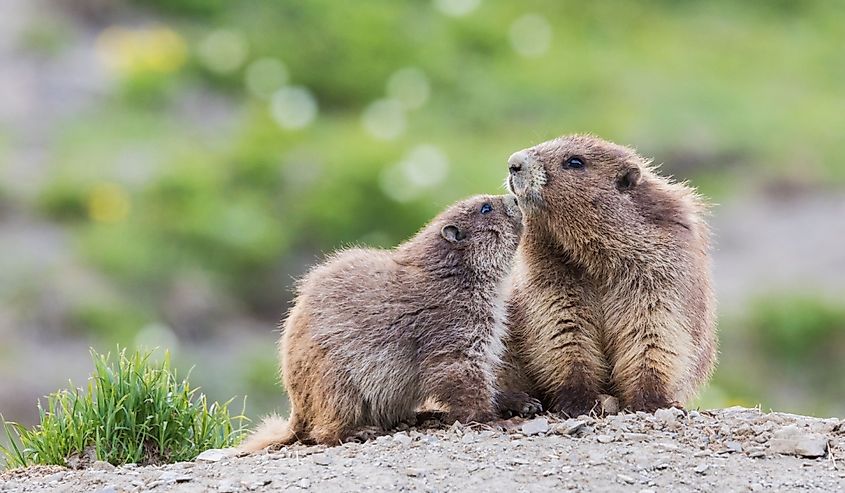
The Olympic Marmot is a fascinating mammal that is, as may have assumed from the name, endemic to the Olympic Peninsula in Washington State. Known for its whistle-like call and striking cinnamon-brown fur, this marmot species primarily inhabits subalpine meadows and rocky slopes above the tree line. They are a common sight along the many hiking trails in Olympic National Park.
With a diet consisting mainly of grasses, herbs, and flowers, the Olympic Marmot is well-adapted to its alpine habitat. These social animals live in colonies and hibernate during the winter months, emerging in spring to breed and forage.
Despite their isolated habitat, Olympic marmot populations face threats from habitat loss, climate change, and predation. Conservation efforts are being undertaken, and you can do your part by not straying off of the designated trails while hiking in their habitat.
Island Fox
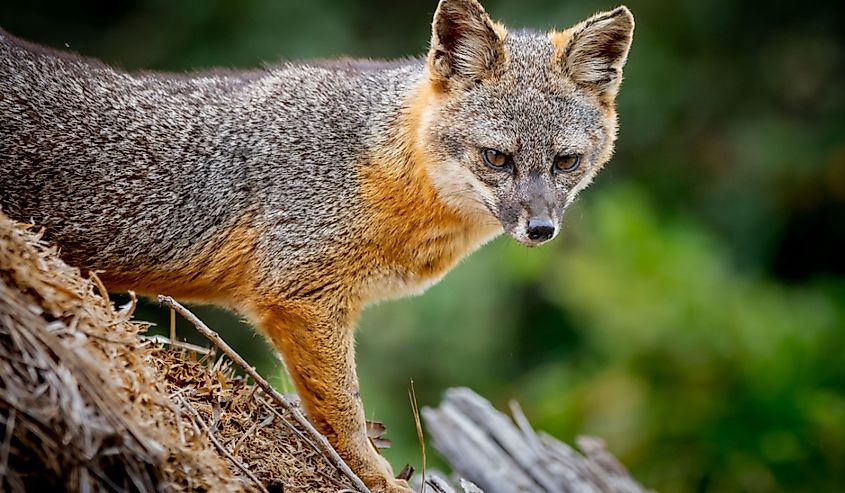
The Island Fox is a small canid native to several of the Channel Islands in Channel Island National Park off the coast of Southern California. Remarkably, each island hosts its own distinct subspecies, showcasing evolutionary adaptation in isolation. Weighing between 2 to 6 pounds, these foxes are among the smallest canids in North America.
Their diet primarily consists of small mammals, insects, fruits, and plants. Facing threats from habitat loss, predators that have been artificially noticed by humans, and diseases, the Island Fox population plummeted in the late 1990s. However, through concerted conservation efforts including habitat restoration and captive breeding programs, their numbers have rebounded significantly in recent years.
Island Foxes usually live alone, camouflage well into their environment, and are generally active at night, so sightings are not all that common unfortunately.
Alligator Snapping Turtle
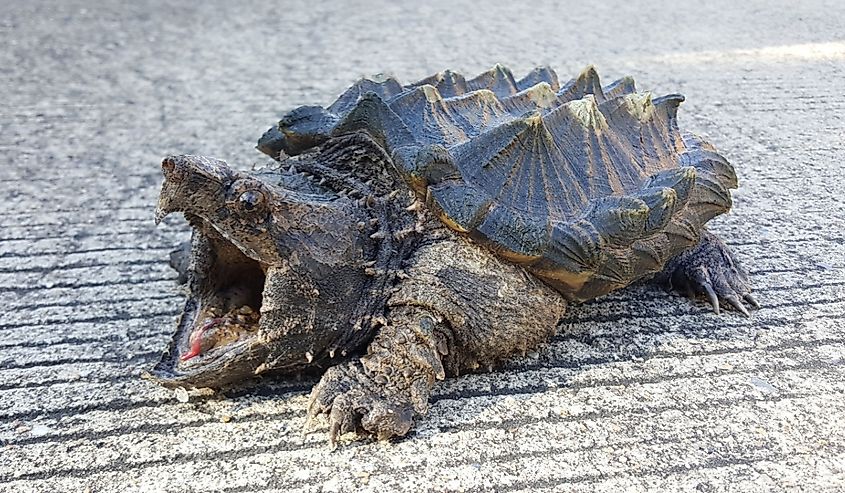
The Alligator Snapping Turtle is a formidable freshwater turtle native to the southeastern United States. Recognizable by its intimidating appearance, this species has a large, ridged shell and a massive, powerful head adorned with a sharply hooked beak.
They are masterful ambush predators, lying in wait for prey with their mouths open, utilizing a pink, worm-like appendage to lure fish and other small aquatic creatures. These turtles are primarily nocturnal and spend much of their time submerged in murky, slow-moving waters.
Despite their fearsome reputation, they have an important role in their watery ecosystems as both predators and scavengers. They are currently considered to be a vulnerable species due to loss of habitat, primarily due to human activity.
Water Mocassin
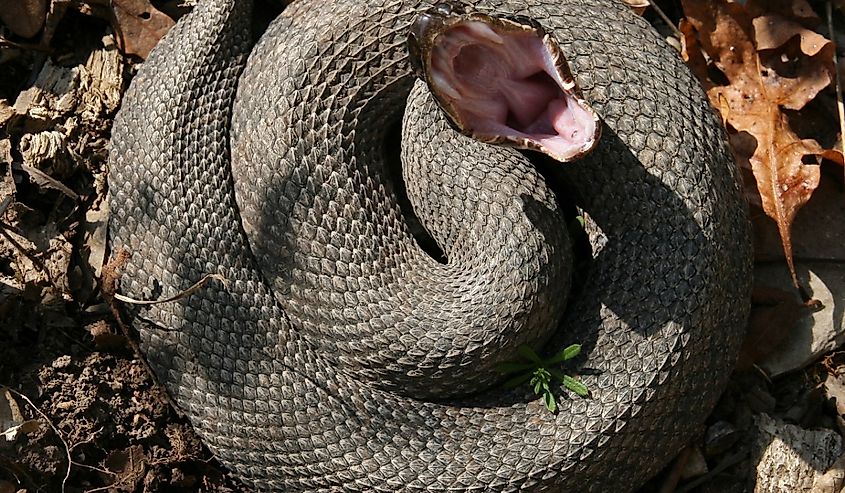
The Water Moccasin, also known as the cottonmouth, is a venomous snake native to the southeastern United States. Its distinctive name stems from its habit of residing near water bodies and its white mouth, often displayed agape when threatened. Growing up to 4 feet in length, these reptiles are typically dark-colored with a thick body and a broad, triangular-shaped head.
Their venom, potent enough to cause tissue damage and even death in some animals, is primarily used to tag prey like fish, frogs, and small mammals. Despite their reputation for aggression, Water Moccasins usually prefer to flee from humans unless provoked while backed into a corner. Caution is still highly advised when encountering them in their habitat, as their potent venom warrants respect and distance lest you want to end your day in the hospital.
Hawaiian Hawk
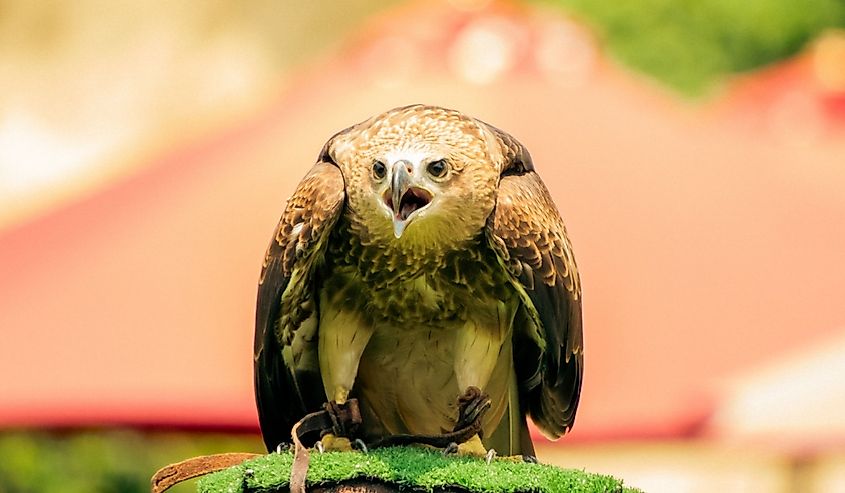
Jumping over to the Central Pacific Ocean the Hawaiian Hawk, or ʻIo in Hawaiian, is a raptor endemic to the state of Hawaii and is revered in the native culture. With a wingspan of about three and a half feet, it possesses sharp talons and a hooked beak ideal for hunting small prey like birds, insects, and rodents.
Distinctive for its dark plumage and piercing yellow eyes, the Hawaiian Hawk primarily inhabits forested areas but can also be found in grasslands and even urban settings, perched on skyscrapers and other high points. Today, they are only known to breed on the Big Island, known locally simply as Hawai'i.
Unfortunately, the Hawaiian Hawk faces threats from habitat loss, introduced predators, and collisions with man-made structures.
Kaibab Squirrel
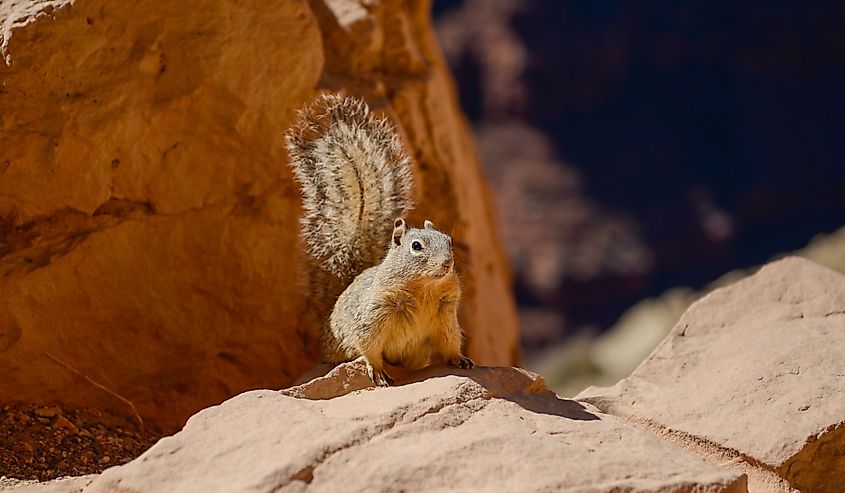
The Kaibab squirrel, native to the Kaibab Plateau in Arizona, is a squirrel species renowned for its striking appearance and unique habitat. Identified by its creamy white tail and tufted ears, this squirrel has adapted to the ponderosa pine forests of its habitat range. The Kaibab squirrel's coloration also serves as camouflage in its high-altitude environment in and around the Grand Canyon National Park.
Its diet is mostly made up of ponderosa pine cones, making it a key player as a seed disperser. With a population limited to the Kaibab Plateau and surrounding areas, unique conservation efforts are being made to not only protect them but the wonderful natural landscapes in this region of the United States.
Texas Blind Salamander
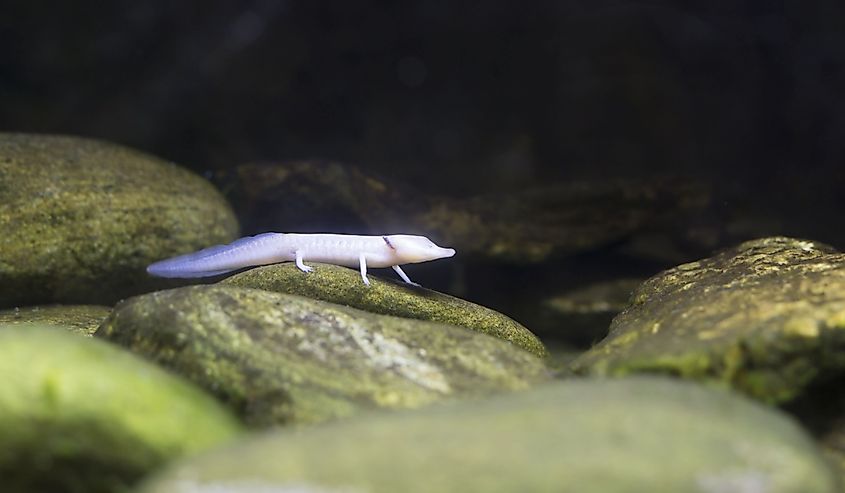
The Texas Blind Salamander is a fascinating cave-dwelling creature that calls the limestone caves of central Texas home. As its name suggests, it is completely blind due to its subterranean lifestyle, relying on other heightened senses like touch and taste to navigate its environment.
This amphibian's elongated body, measuring around 5 to 6 inches in length, has external gills for respiration, making it well-adapted to its aquatic habitat. Its pale, pinkish skin lacks pigmentation, aiding in camouflage within the dimly lit cave waters, and giving it a ghostly, almost translucent appearance.
Despite its blindness, the Texas Blind Salamander is a proficient predator, feeding on small invertebrates and aquatic organisms such as snails and amphipods.
Euprymna Scolopes
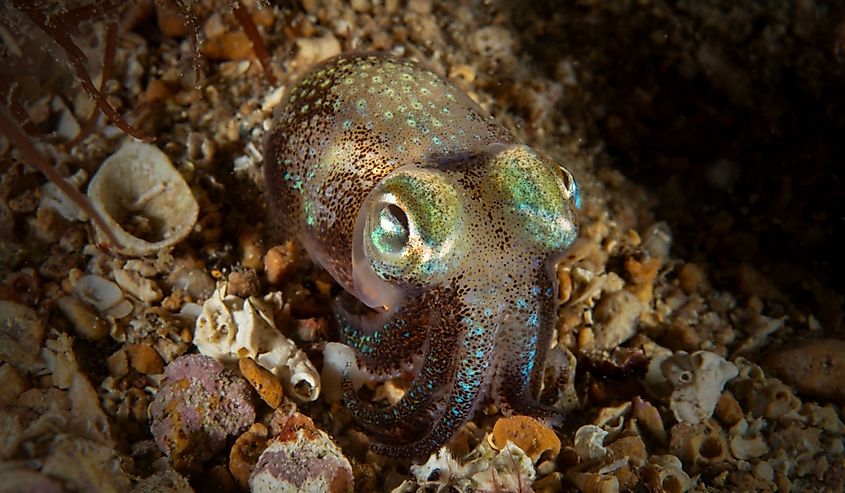
The Euprymna Scolopes, commonly known as the Hawaiian Bobtail Squid, is a cephalopod found in the shallow coastal waters of the Hawaiian Islands. Measuring around 2.5 centimeters in length, this nocturnal creature boasts a distinctive bioluminescent organ called a light organ.
The symbiotic relationship between E. Scolopes and the bioluminescent bacterium Vibrio Fischeri, housed within its light organ, is crucial for its survival. During the day, the squid burrows itself in the sand to avoid predators, while at night, it emerges to hunt small crustaceans, using its naturally created light to navigate around. Its unique ability to control the intensity and duration of the bacterial light production also aids in camouflage, counter-illumination, and communication.
The study of Euprymna Scolopes provides valuable insights into symbiotic relationships and the fascinating adaptations of marine organisms.
Alaska Peninsula Brown Bear
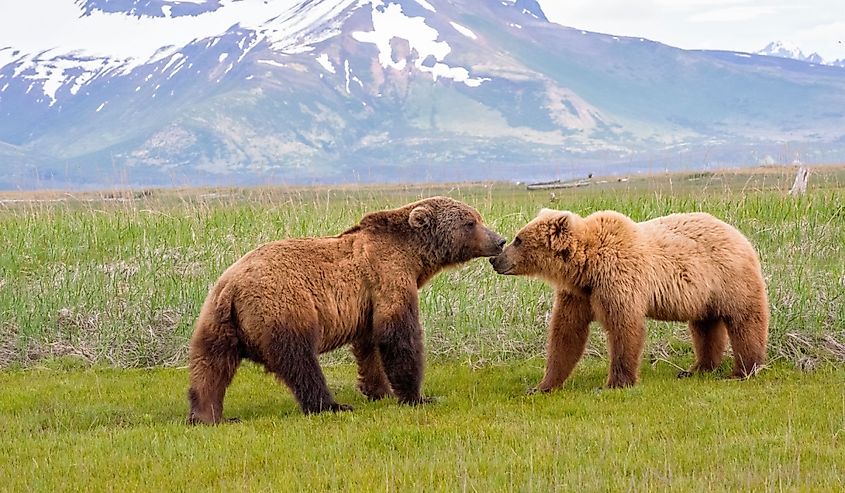
The Alaska Peninsula Brown Bear is native to the rugged wilderness of the Alaska Peninsula and Kodiak Archipelago. As one of the largest subspecies of brown bears, they exhibit impressive size, with adult males weighing up to 1,500 pounds. Their thick fur, often varying in shades of brown, provides insulation against the harsh Arctic climate.
These large, furry predators eat mostly salmon, berries, and occasionally, larger mammals. Alaska Peninsula Brown Bears are predominantly solitary animals, except during mating season or when sharing fishing spots during salmon runs.
Sources conflict on whether peninsula brown bears are essentially the same or distinct from inland Grizzly Bears, which are generally smaller due to their restricted diet that relies more on plants than animal protein.
Explore the Diverse Nature of the United States
As you can see here, the United States is home to a massive variety of animals that live exclusively within its borders. Unlike most other countries around the world, the U.S. is big enough to self-contain many different biomes that support these animals. From birds to fish, there are unique creatures all over that call these places home. Regardless of what they are, knowledge is the first step to protecting them and ensuring a healthy environment for us all. What other animals can you name in your state that did not make this list?
